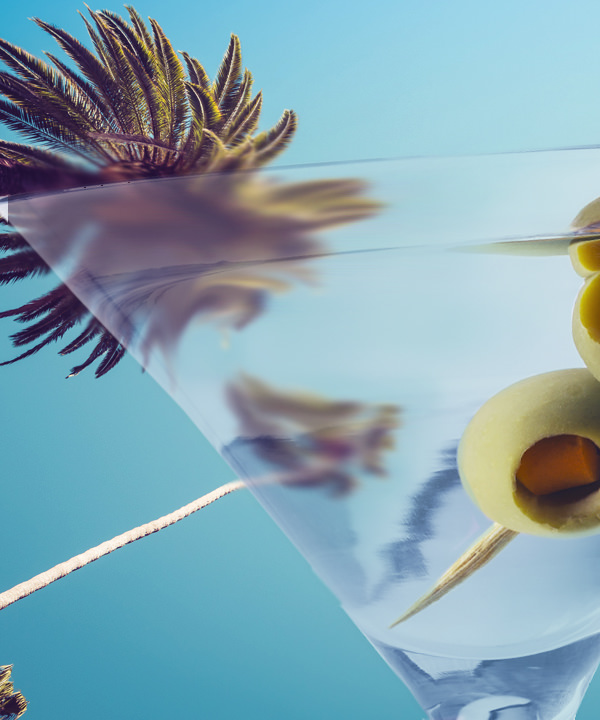
The West Coast of the U.S. is known for a certain epicurean style. It’s a region defined by fresh, healthy food, and big, hoppy West Coast IPAs. Now it’s time to get familiar with another West Coast standout: West Coast gin.
A West Coast gin follows the same ethos you’d expect from something bearing the title “West Coast.” Essentially, it’s a gin made with local herbs. United States law requires that anything labeled “gin” must have juniper in it, so West Coast gins still have at least a little of the distinct pine tree flavor, but there are also ingredients like local sage and fennel.
The real question, however, isn’t whether West Coast-style gins are different enough from other styles to be distinctly labeled. The real question is, can gin really express West Coast terroir?
The Case for Terroir
Terroir is a French word that roughly translates to “a sense of place.” It’s most commonly used when speaking about wine. A wine that expresses terroir tastes like it was grown from a specific region. For a gin to express terroir, it needs to taste like a certain place by capitalizing on local herbs and plants — something that West Coast gins do, as well as many other gins.
Gin is the original flavored vodka. It can taste like pretty much anything as long as there’s juniper in it, but there’s no requirement on how much it has to taste like juniper. All gin starts as a neutral spirit (vodka), and then is transformed into a separate category of spirits by one of two ways.
There’s compounded gin, which is simply a spirit with botanical extracts added into the mix, and there’s distilled gin. Distilled gin can be made by a technique called maceration, which is when botanicals are steeped in the liquor and then the liquor is redistilled, or by vapor infusion, which is when the liquor is heated and the vapors are pushed through dried botanicals.
Whichever way the gin is made, the process is essentially forcing terroir onto a blank-slate liquid that doesn’t taste like a specific place.
For traditional London Dry gin (the style people are most familiar with thanks to brands like Tanqueray, Gordon’s, and Bombay Dry), the most notable botanicals infused into the spirit are juniper, orange peel, and coriander. Other gins using local flavors are everywhere.
There’s Scottish gin like Caorunn, which mixes “five Celtic and six traditional gin botanicals.” There’s also Hugh Wesley’s Gin from John Emerald Distilling in Opelika, Alabama. It’s made with hand-picked Alabama juniper berries that give it a distinct flavor — perhaps a distinct enough flavor to make the claim that the liquor is an expression of another style: Southern gin.
West Coast Gin Examples
Valor West Coast Gin: Produced in San Diego, California. This gin plays off the city’s reputation for big West Coast beers with the addition of Chinook hops in addition to grapefruit, juniper, and mint.
St. George Terroir Gin: The gin that started the West Coast gin craze in the first place. It’s made with a mix of local botanicals from the San Francisco Bay area, according to Punch.
